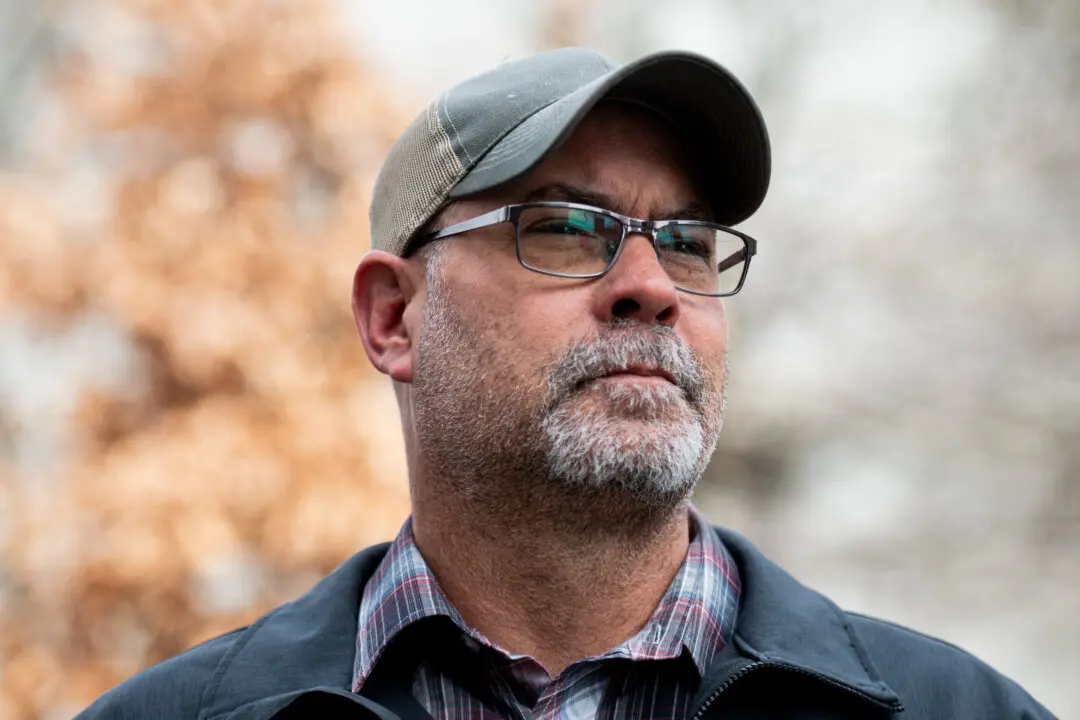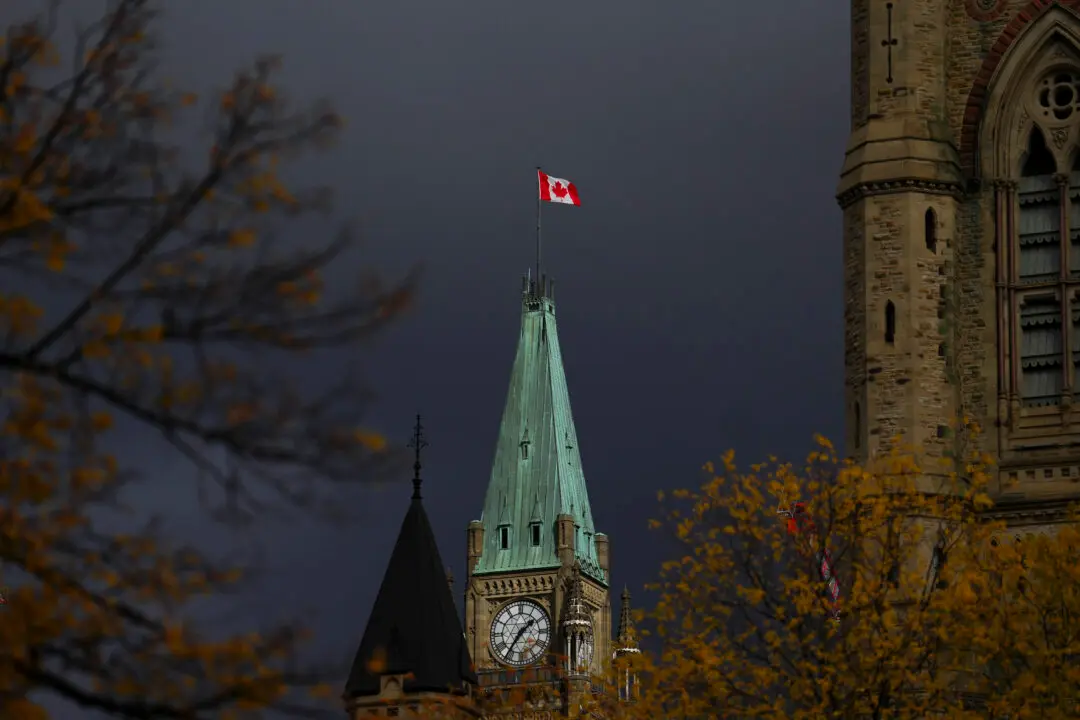As British Columbia struggles with droughts across much of its territory, water conservation experts say the province could learn many lessons from the drought-prone U.S. state of California.
“We really kind of focus on a community effort and community outreach. We keep our customers up to date on where we are in our water supply so they feel part of the process and feel like they can make a change,” said Charles Bohlig, manager of Water Conservation for the East Bay Municipal Utility District in Oakland, California.





